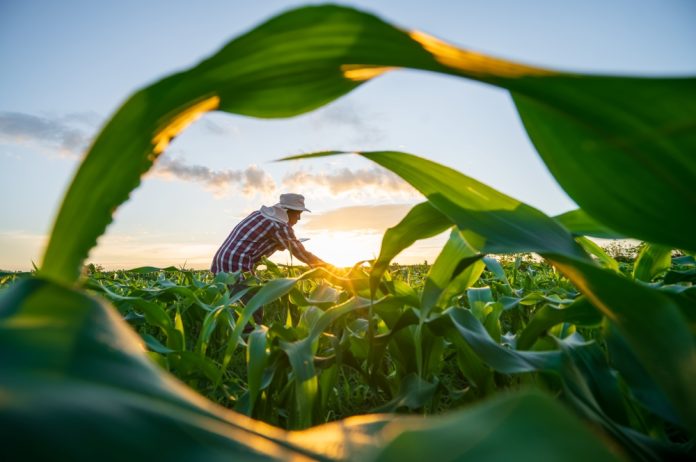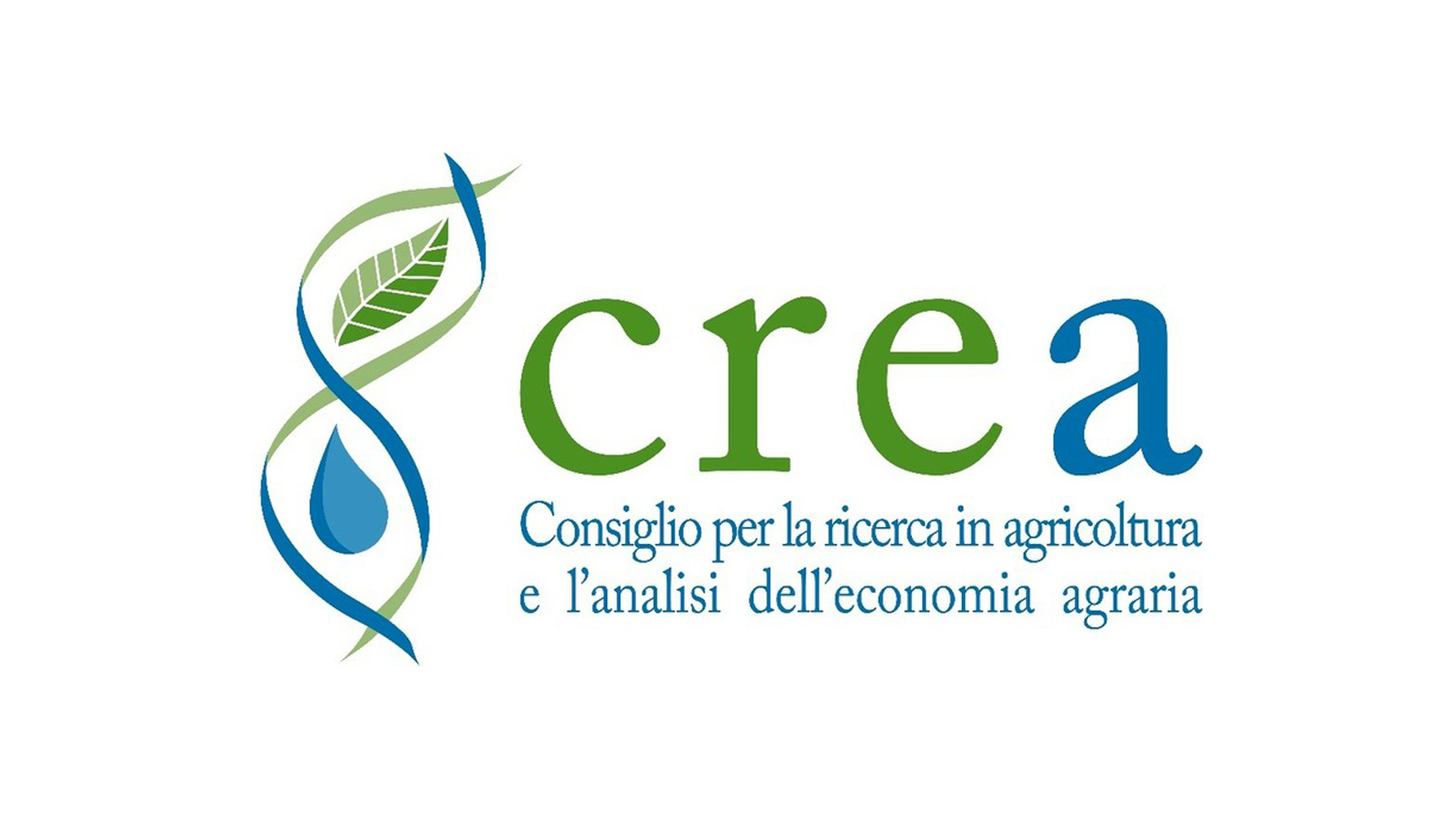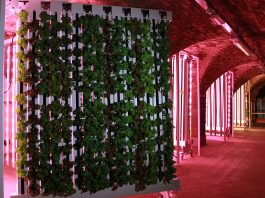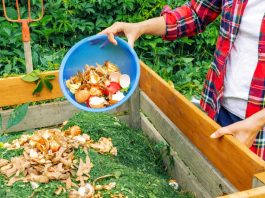The EXCALIBUR project explores the complexities of biofertiliser and biopesticide production, analysing the advantages of two production processes and identifying areas of improvement to facilitate scaling up and widespread adoption.
Plant-beneficial microorganisms (both biofertilisers and biocontrol agents) are increasingly recognised as a sustainable alternative to chemical fertilisers due to their numerous benefits for agriculture, the environment, and human health.
One of the most cited definitions of biofertilisers was described by Malusa and Vassilev ten years ago: A biofertiliser could be defined as the formulated product containing one or more microorganisms that enhance the nutrient status (and the growth and yield) of plants by either replacing soil nutrients and/or by making nutrients more available to plants and/or by increasing plant access to nutrients. It should be noted that this definition differentiates biofertilisation from biological control.
While the emphasis of biofertilisation is on the effects of plant beneficial microorganisms that improve plant growth, stress tolerance and quality, biocontrol agents reduce/suppress plant pathogens partially or completely by producing metabolically inhibitory substances or, indirectly, by increasing the natural resistance of the plant. Both terms are not specific and do not differentiate between bacteria, fungi, and other organisms that have plant growth-promoting or biological control capacity.
The multifunctional properties of microorganisms should be mentioned, which can exert plant-growth-promoting and biocontrol activity simultaneously. From both scientific and practical points of view, the production and widespread adoption of biofertilisers face several bottlenecks that need to be addressed to fully realise their potential benefits.
Over recent years, after a long period of isolation, selection, and characterisation of plant-beneficial microorganisms, the main lines of research have been oriented to optimising the fermentation processes for the production of high-quality and large volumes of biomass/spores and their further formulation.
It is also important to study and analyse the whole biotechnological chain for fertiliser/biocontrol production, as all its parts are interdependent. This is particularly true for fermentation formulation and even storage-application processes and procedures.
Identifying challenges
The production and widespread adoption of biofertilisers face several bottlenecks that need to be addressed to fully realise their potential benefits. Some of the main challenges at the production level are scaling up laboratory technologies, the cost of production, and quality control. Compared to chemical fertilisers, biofertilisers need special equipment, selected, cheap, available substrates, and controlled, optimised conditions for microbial growth.
Further, scaling up the process should maintain the viability and safety of the selected microorganism and its efficacy while avoiding contamination and strain variability, bearing in mind the dual nature (opportunistic pathogenicity) of the majority of soil microorganisms.
More research is needed to identify and develop microbial strains that interact stable and effectively with plant/soil systems and optimise their production and formulation.
Two production processes
What we know is that the production process could be carried out in solid-state or submerged conditions. Many research groups work on just one of these production options.
However, it would be of great benefit for biotechnological companies producing plant-beneficial microorganisms to have the possibility of production mode selection. Therefore, if the strain is able to grow and develop a sufficient amount of biomass/spores in solid-state and submerged conditions, it could be better to offer two production schemes.
Both processes offer specific advantages and disadvantages, which are well known in general, although they produce different bioproducts on different media and use different microorganisms. Solid-state fermentation and submerged liquid fermentation differently affect microbial growth and microbial metabolic activity, and – in some cases – the control and management of the overall microbial development in both processes are environmentally dependent.
For example, in the H2020 project EXCALIBUR (grant number 817946), we found that a simple medium buffering increases the growth of Paenibacillus polymyxa in conditions of liquid-submerged fermentation (unpublished results). However, the same strain showed higher spore formation in solid-state compared to spore formation in submerged fermentation, with the number of CFU/ml always depending on the type of the solid substrate.
Our experience confirmed the results of other authors, namely that solid-state fermentation is advantageous compared to the submerged process. It offers an easier final formulation combined with product viability after longer periods of storage.
On the other hand, liquid-submerged fermentation is easier to control and can more rapidly produce the desired biomass and/or plant-beneficial microbial metabolites. Liquid-medium-based agitated processes provide many advantages compared to solid substrate-based fermentations.
One of the main advantages is the homogenous distribution of both nutrients and oxygen in the bioreactor. In a liquid-agitated bioprocess, manipulation of the environmental conditions followed by the respective microbial behaviour changes is easier. In the field of microbial production, there are still many unexploited biotechnological schemes. For example, the fed-batch mode of fermentation, which is used in some biotechnological small- and large-scale processes, has not been tested in the production of many biofertilisers and biocontrol microorganisms.
Similarly, processes with immobilised cells, biomass recycling, and continuous fermentations are not applied in this field, although they offer a number of technological and economic advantages. Here, we should mention the fact that microbial live cells are usually attached to surfaces or immobilised within soil particles, and some of the above processes can rely on these cell properties.
Fermentation and commercial opportunities
The mode of fermentation, to a great extent, determines the mode of formulation and the type of commercial product. The final products of solid-state fermentation consist of:
- The solid, partially degraded particles, usually lignocellulosic waste materials, which in many cases serve simultaneously as a support and substrate.
- Microbial biomass (including spores) in the form of more or less well-developed mycelium layer or bacterial cells within the substrate pores and/or on their surface.
- Metabolites are produced during the fermentation process with plant-beneficial properties.
After drying and milling, this material could be used directly as a commercial product. Another possibility is to separate the spores of the post-fermentation material and, after mixing with solid cell-viability-enhancing protectors, can be used in soil-plant systems. The third option is to extract the metabolite part of the mixture and form a cell-free product. While the first two options are well known, the third one is still in its infancy.
However, we believe that the development of cell-free microbial plant-beneficial metabolite-based formulations is the future of bio-based agriculture for many reasons.
The main one is the lack of necessity of a cell- or spore-based formulate for further adaptation and development in a soil-plant system. Fermentation liquid free of cells contains many metabolites, some of which could stimulate the growth and activity of other microorganisms in soil or in bioreactors.
Interchanging metabolites and specific growth substances is a natural process within a given microbial community in a highly complex medium such as soil, which contains millions of microorganisms in small volumes. This process also affects phenomena such as quorum sensing, biofilm formation, and interactions between plants and beneficial (or pathogenic) autochthonous/introduced microorganisms.
Therefore, introducing metabolite-containing cell-free post-fermentation liquid could be a challenge as well and needs additional studies.
Gel-based formulates
Another very attractive technique for the formulation is the macro- and micro-encapsulation of cells and spores of plant-beneficial microorganisms, particularly of double, triple, and multiple microbial gel-based formulates, which could also include phyto- or microbial stimulants.
In general, gel-entrapped biological systems offer many advantages, such as better survival during storage and slow release of their content in the soil while protecting it from harsh soil conditions. Additionally, the advantage is that they could also be used in fermentation processes to produce the above-mentioned metabolites or mineral fertilisers if we can use microorganisms, which solubilise insoluble mineral-bearing materials.
An important feature of plant-beneficial microorganisms is their abiotic and biotic stress-fighting capabilities. This is another complex issue that depends on the mode of microbial production and formulation in soil-plant systems. Analysing the results we obtained in this line of the multinational project EXCALIBUR, it appeared that the microorganisms feel better and are more efficient in an immobilised state.
Understanding and evaluating impact
The effect of microbial formulates on the belowground biological diversity and functions should be better addressed.
In fact, even though a number of microbial-based products are commercially available worldwide, a challenge to fostering the broad-field application of microbial-based products relates to the fact that their beneficial traits are not always consistently expressed under field cultivation conditions. The interactions between plants and beneficial microorganisms are complex, and the mechanisms that regulate the plant-soil-microorganisms system remain largely to be discovered.
This is particularly relevant when comparing results from experiments that are carried out in vitro in the laboratory and in situ under greenhouse and complex agricultural conditions. The mechanisms underlying the fate and persistence of bioinoculants in soil can result from the sum of multiple variables and, therefore, be difficult to understand and predict.
Bioinocula released into soil often result in transient loads of the microbial strain/s that generally fade away with time. Thus, it is logical to assume that persisting microbial inoculants will have a more prolonged impact than short-lived inoculants. Given the supposed transitory survival of bioinocula, many scientists and practitioners assume that soil microbial inoculants would have negligible effects on the autochthonous soil microbial communities.
However, the quick disappearance of inoculum in the soil does not necessarily imply a lack of long-lasting changes in the soil resident community. For example, Rhizobium inoculation to promote soybean productivity significantly influenced the bacterial community in the crop rhizosphere and the fungal community.
Furthermore, the introduction of non-pathogenic Escherichia coli into soil shifted the niche structure of resident bacterial communities, leading to changes in the relative abundances of significant soil bacterial genera, such as Bacillus, Pseudomonas, Burkholderia, and Bradyrhizobium.
The survival of microbial inoculants in soil also depends on the soil’s native microbiota: It is high when the autochthonous microbial community’s diversity is low and vice versa.
However, the importance of evaluating the impact of inoculation in a temporal context should be kept in mind since the effects might change over time. For example, most of the studies addressing the impact of microbial inoculants on soil native communities measured the effects only over a short period after inoculation, usually within the vegetative season.
In most cases, the inoculation led to changes in the structure of the resident communities, but it remains unclear whether the impact could persist for a more extended time, thus indicating the actual resilience capacity after the disturbance.
Future outlook
Due to the importance of the microbiome, the underlying communication and interaction mechanisms between the microbiomes and the environment require better knowledge, which has to expand our current holistic concept, acknowledging that biotic (plants and animals) and environmental (soil, water, and air) microbiomes form an interactive network that can impact the assembly and the functions of holobionts of all living organisms within an ecosystem.
Fermentation and formulation approaches that exploit co-cultivation methods, use of wastes as substrates, and synergic interactions between strains represent a perspective strategy to boost the commercial production of microbial consortia that can overcome environmental stresses compared to single strains, thus assuring a lower risk of field failures.
Moreover, the potential multifunctionality of many beneficial strains might represent an additional opportunity to develop innovative microbial-based products, though regulatory issues may contrast their commercial application.
Contributors
Nikolay Vassilev
Department of Chemical Engineering
University of Granada (Spain)
Maria Vassileva
Department of Chemical Engineering
University of Granada (Spain)
Dr Stefano Mocali, PhD
Researcher
EXCALIBUR project Coordinator
CREA-AA, Florence (Italy)
https://www.crea.gov.it/en/web/agricoltura-e-ambiente/
Please note, this article will also appear in the 19th edition of our quarterly publication.






